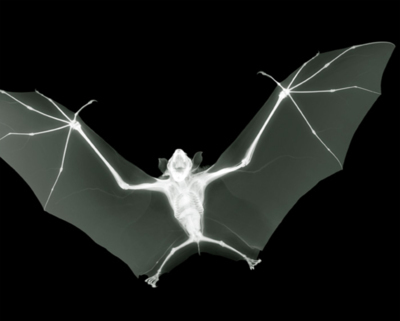Recommended Posts
robibird 3
Quote
With a lot of useless research going on in universities (see, for example, all this research on birds... interesting articles, but pointless), it seems some bored doctorate students in aeronautics might be interested doing some research in wingsuits. There's so much talent and money wasted there, it's not even funny.
Maybe I'll bribe some with Russian Vodka?
Robert Pecnik
robert@phoenix-fly.com
www.phoenix-fly.com
robert@phoenix-fly.com
www.phoenix-fly.com
Quote
Hello Mr. Eg,
may I ask your name please? Are you the designer of Eg suits?
J
The guy who posted that is the guy doing the R and D for Edgardo. Anyone who has ever been to any large boogie in the United States (where there are vendors) will know that EG himself could never type english that well.
I am anxious to see what these guys have to offer. The guy making the posts will be at the Flock and Dock. I am not sure if Edgardo himself will be there.
Macthe 0
I do know that there models were covered in electronics to measure lift, not sure how he did his angle of attack, I always thought if you get the attachment point of the harness right then to adopt "the position" would be enough, then the guy controlling the wind speed will put you in the middle of the tunnel, the pivot point of the harness stopping you from flying through the wall is the important part, but i see it in a vertical tunnel, he used a horizontal tunnel





With a lot of useless research going on in universities (see, for example, all this research on birds... interesting articles, but pointless), it seems some bored doctorate students in aeronautics might be interested doing some research in wingsuits. There's so much talent and money wasted there, it's not even funny.
Maybe I'll bribe some with Russian Vodka?
L/D Vario, Smart Altimeter, Rockdrop Pro, Wingsuit FAP
iOS only: L/D Magic
Windows only: WS Studio
Share this post
Link to post
Share on other sites